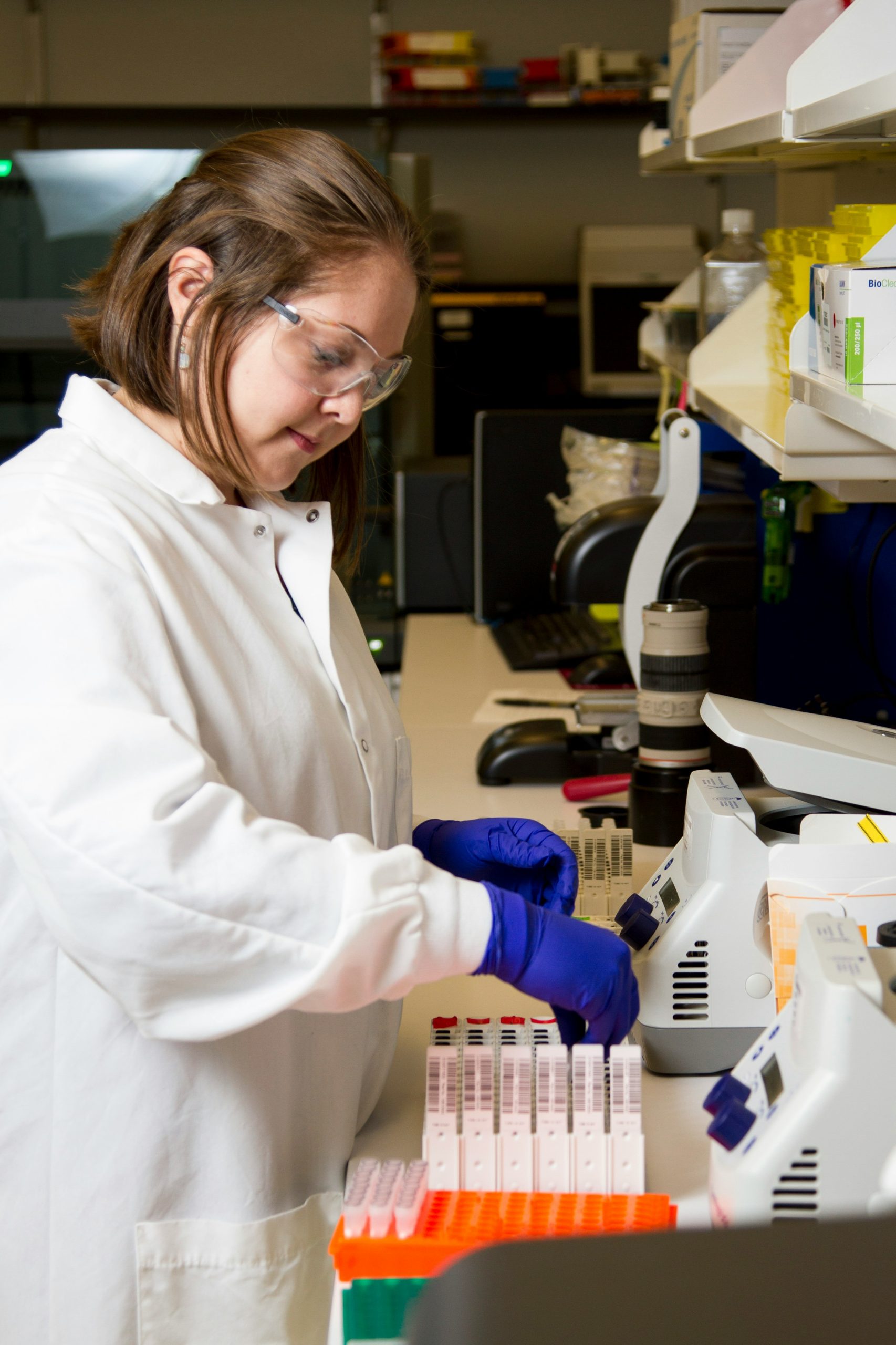
Sports Nutrition Science: Latest Advances
Introduction
Sports nutrition is a dynamic field constantly evolving with new research and discoveries. Athletes and fitness enthusiasts alike rely on cutting-edge science to optimize their performance, recovery, and overall health. This article explores the latest advances in sports nutrition, providing insights backed by research and expert opinions.
1. Nutrient Timing and Periodization
Nutrient timing is crucial for athletes to maximize their training adaptations and recovery. Recent studies have emphasized the concept of periodization not only in training but also in nutrition. This involves adjusting macronutrient intake (carbohydrates, proteins, fats) based on the specific demands of different training phasessuch as base training, pre-competition, and recovery.
- Example: Endurance athletes may increase carbohydrate intake leading up to a competition to maximize glycogen stores, while strength athletes might focus on protein intake during recovery periods to support muscle repair.
2. Personalized Nutrition Plans
Advancements in genetic testing and personalized medicine have enabled the customization of nutrition plans based on an individual’s genetic profile, metabolic rate, and specific sport demands. This approach tailors nutrient recommendations to optimize performance and health outcomes.
“Personalized nutrition considers an athlete’s unique physiology and dietary preferences to enhance performance and recovery.”
3. Gut Microbiome and Performance
The role of the gut microbiome in sports performance is a burgeoning area of research. Studies suggest that gut health influences nutrient absorption, immune function, and inflammationcritical factors for athletes. Probiotics, prebiotics, and specific dietary fibers are being explored to enhance gut microbiota diversity and function.
- Case Study: A study published in The Journal of Strength and Conditioning Research found that athletes supplemented with probiotics experienced reduced incidence of upper respiratory tract infections and improved recovery times.
4. Hydration Strategies
Optimal hydration is essential for performance and recovery. Beyond traditional guidelines, recent research has focused on individualized hydration strategies that consider sweat rate, electrolyte losses, and environmental conditions. This approach helps athletes maintain fluid balance more effectively.
5. Supplements for Performance Enhancement
The use of supplements in sports nutrition continues to evolve with research-backed ingredients such as creatine, beta-alanine, and branched-chain amino acids (BCAAs). New formulations are designed to enhance energy production, reduce fatigue, and support muscle recovery.
“Athletes should choose supplements that are supported by scientific evidence and are certified for quality and safety.”
Conclusion
As sports nutrition science advances, athletes have access to more sophisticated strategies to optimize their performance and health. From personalized nutrition plans based on genetic testing to innovative approaches in nutrient timing and gut health, the field continues to expand. By staying informed about these latest developments, athletes can make informed decisions to achieve their goals effectively.



